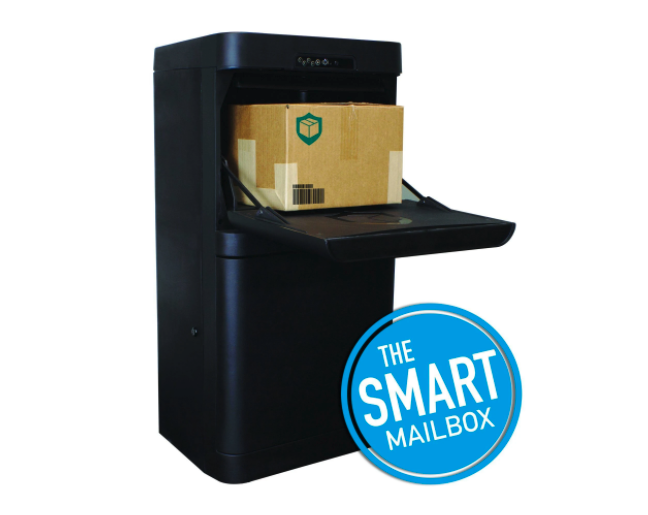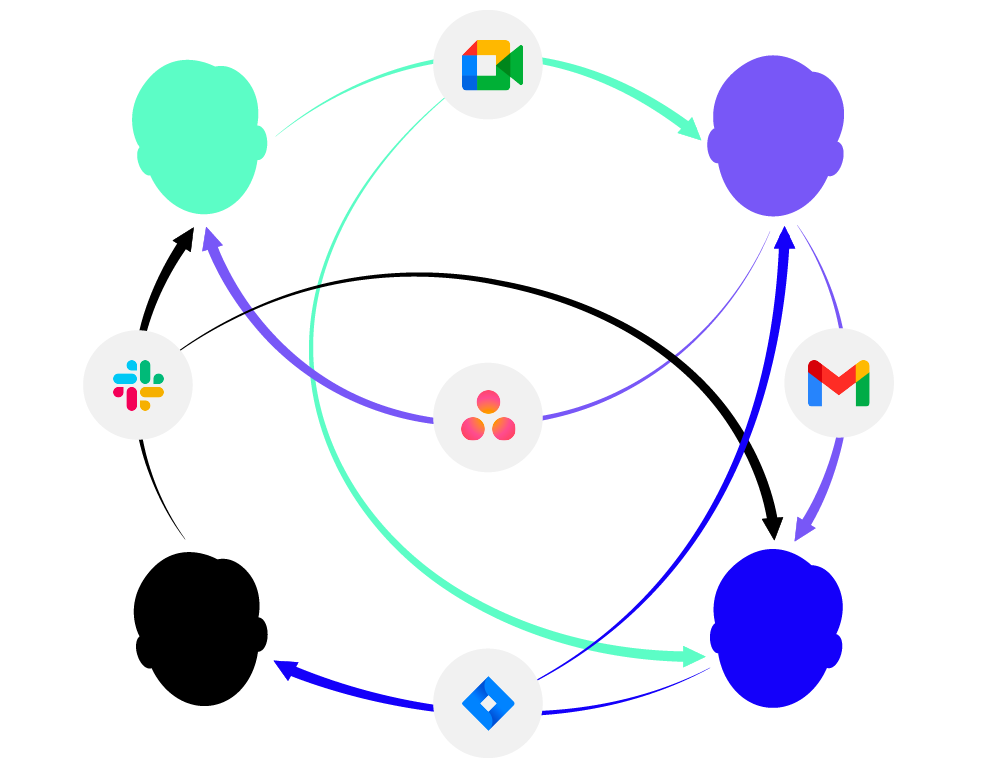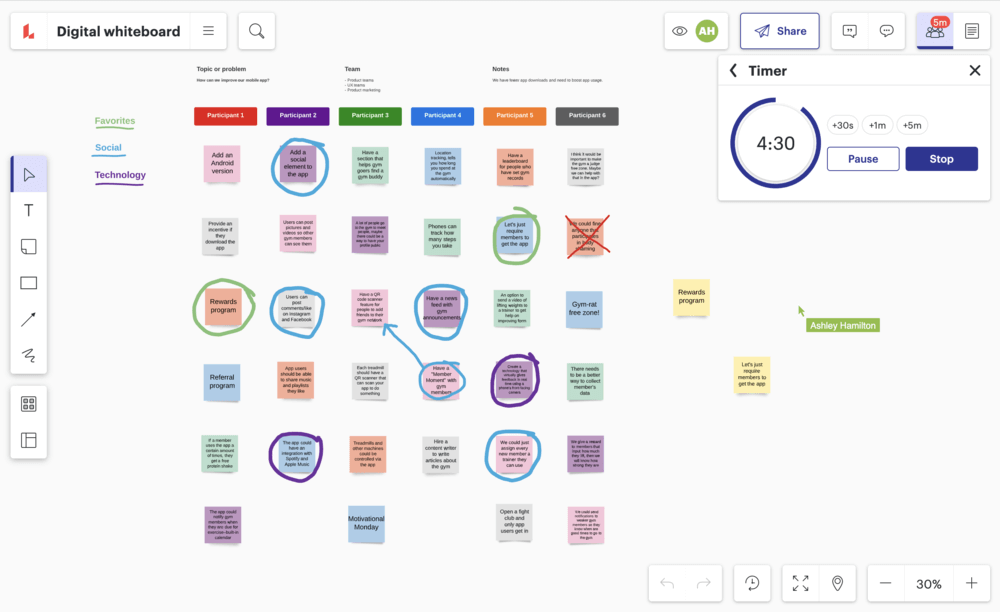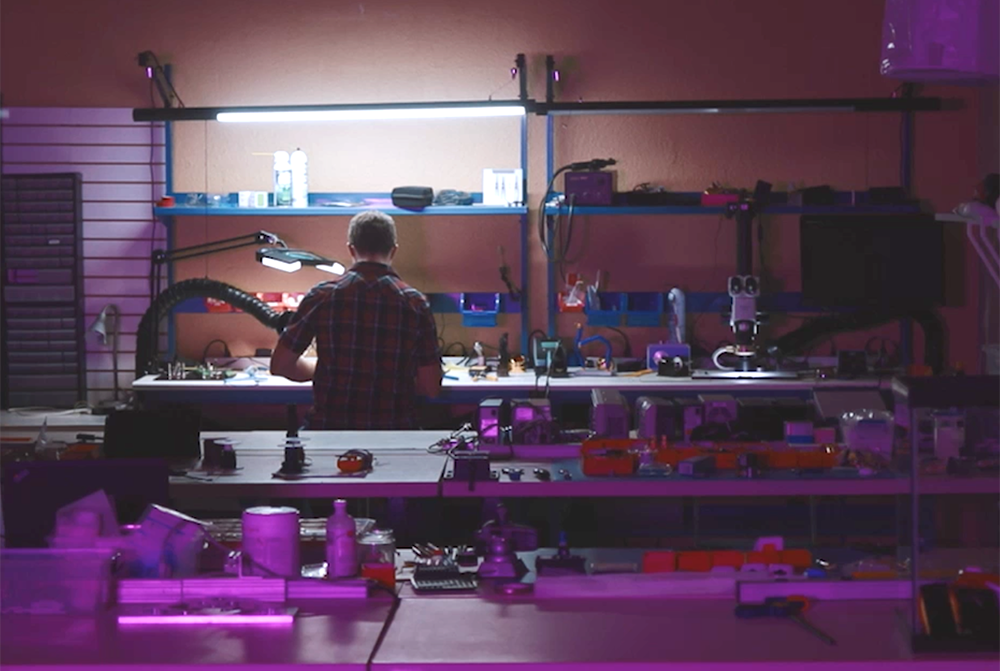
BLOG
Developing Hardware with a Distributed Team
Although popular in the software industry for years, remote work was uncommon in hardware development until the start of the pandemic. Manufacturing physical products requires testing, debugging and iterative design, which often relies on specialized equipment and sufficient space. These factors have limited the growth of hybrid and remote work opportunities in hardware.
So, how have the hardware companies managed in the last 2 years?
Since 2020, MistyWest has successfully delivered some of our most complex technical projects while operating with an entirely hybrid team. What follows is a summary of the lessons we’ve learned and our best advice for how to deliver quality hardware products with distributed teams.
Home labs and equipment will be required
With a remote hardware development team, it’s vital to set everyone up for success by providing them with the necessary tools and equipment. Thankfully there are lots of cost and size appropriate options available to create an at home electronics lab, with computer leveraged tools such as usb oscilloscopes and logic analyzers.
Everyone must take ownership of shipping and purchasing
Purchasing and shipping is deceptively complicated and can be easily overlooked; with a distributed team, you suddenly have dozens of shipping and receiving locations to manage. To avoid unnecessary project delays from purchasing, revisit your approval processes and empower your team to make their own purchases whenever possible. For larger purchases which truly need oversight, ensure that processes are set up for approval in at most 1 working day, but ideally 2 hours or less.
Parts receiving practices need careful consideration due to the dozens of possible receiving locations for the team. All this movement can easily result in lost parts, inefficiencies and negative impacts to projects. To work successfully, everyone must become the package manager for their own office; they must consistently provide visibility to the wider team.
This can be done through the following:
- Sharing package tracking details in project Slack channels
- Creating and maintaining a location tracking log for materials in each project
- Thinking carefully about where hardware needs to be located when planning in-lab tests or transitioning between work locations

Danby parcel guard: protecting MistyWest’s shipments since 2020
Early in the pandemic, MistyWest installed an internet connected package dropbox to allow us to receive large lab deliveries securely. This serves as the default shipping location and is critical for high value or sensitive items which we can’t risk being left on someone’s porch. Now that our office is open again this is less essential, but for a 100% remote team this may be useful to install outside someone’s home.
Ultimately, the full team needs to take ownership to understand their tasks and deadlines and ensure they have the tools, equipment and project hardware where they need it when they need it.
Be vigilant creating alignment and accountability
Everyone being in the same building doesn’t guarantee alignment on project goals, but it does help smooth out issues quicker. In a remote or hybrid environment there is an inherent tendency for misunderstanding and divergence, and a lack of idea immersion.

A depiction of coordinating a hybrid remote project team
Teams have to be proactive in their planning and communication. Projects should start with a meeting to ensure the team has a shared vision of the project goals, the plan and the definition of success. Ideally the project leads should have a 1:1 meeting with each team member to go over their tasks, expectations and responsibilities in greater detail.
This approach empowers team members to own their contributions and ensures channels of communication are open to allow for team realignment when projects have to adjust with client, technology or risk driven changes.
MistyWest uses the following channels for our team communication:
- Slack direct messages and huddles for 1:1 or small group conversations.
- Google Meet for collaborative sessions and project meetings.
- Email for more formal communication where traceability is required, especially for external communication with clients
- Jira for project tracking and progress on tasks, project specification and related documentation
- Asana for tracking project-based tasks with operational colleagues (accounts receivable, for example)

There are many channels of communication in remote work environments
Maintain frequent communication and visibility
Even with the best planning and communication in the world, in a distributed team environment, visibility on tasks and progress is more at risk. To account for this, workspaces and work processes should be designed to generate documentation by default rather than as an afterthought.
Pictures, videos and diagrams can bridge gaps in understanding much faster than lengthy email chains or slack conversations.
Optimize your collaboration and brainstorming methods
Nothing can replace in-person brainstorming, but over the lockdowns we saw a number of new software tools pop up to assist with remote collaboration and brainstorming.
There are any number of tools you can use with your team, but what’s often more important is how you use them. New tools and features are great but the goal here is to limit the barrier to entry – participants should spend more time on creative collaboration and less time on what button does what.

MistyWest frequently uses LucidSpark for virtual brainstorming
To get the most out of these sessions ensure team members know the basics of the tools beforehand, try to avoid drawing as it’s slow and imprecise and lean on templates to cut down time spent on drawing and manipulating shapes when trying to capture concepts.
Remember that virtual meetings cause much more fatigue so our goal here is to be well prepared, efficient with our time and try to keep activities engaging. Taking regular breaks in long collaborative sessions is a must.
“Among the revelations is that nearly half of professionals working remotely (49%), 32 million individuals, reported a high degree of exhaustion as a direct result of numerous daily video calls” – Global Newswire
Try to incorporate pair programming and pair design sessions into your project plan, where team members use virtual hangouts to work on tasks together. This can often be achieved with audio only, which helps create alignment, understanding and enthusiasm, without the heavy loading of lengthy multi-participant video calls.
Be prepared for the transition from development to testing
In many hardware projects, at-home testing may only be suitable for early stage testing. If the product or test equipment is too large or the tests can only be completed with highly specialized lab equipment, then you’re going to need to have someone in a lab.

Access to a lab is often still a requirement with hardware projects
The forced transition point between remote and in-lab work needs to be well planned to ensure a project does not suffer from inefficiencies or delays.
Identify these periods in your project plan and ensure team members are prepared in advance so they can plan their schedules. Identify any cross-discipline work so team members can plan to be in the lab together.
Conclusion
The development process for many hardware products can be completed successfully and efficiently with distributed remote teams. For those products that need dedicated lab space, this is only required for certain periods of development.
The recent growth of remote and hybrid ways of working within the hardware development industry opens up many exciting opportunities for hardware companies and engineers alike. It takes intentional planning, high levels of individual ownership and creativity to set a project up for success. From our experience, the results are more than worth the effort.